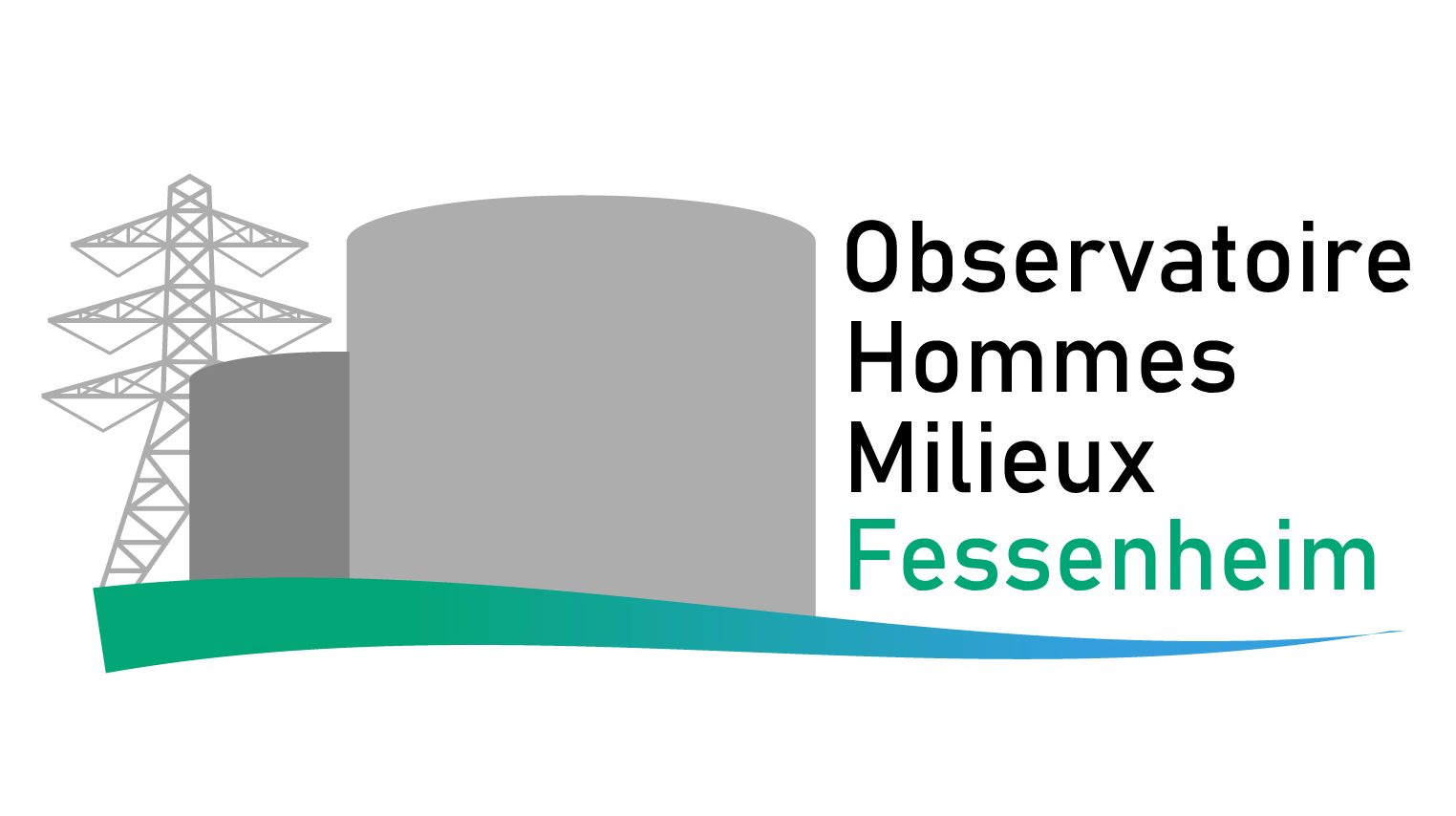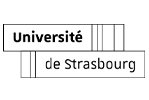Fluvial sediment composition to reconstruct the trajectory of artificialized fluvial hydrosystems, case of the Upper Rhine (Rhinau island)
During the last two hundred years, fluvial hydrosystems have been impacted by unprecedented engineering works, e.g., correction, canalization, as well as contaminant releases notably by industries, urban areas and agriculture. Knowing the trajectory of the chemical composition of water and fine sediments in rivers is essential for assessing the extent of contamination and the effects of environmental regulations enacted to combat water pollution. Geochemical analysis of well-dated fine sediments deposited in floodplains may allow this reconstruction, as most contaminants, including metals, bind to fine particles. Characterizing such deposits requires and interdisciplinary approach coupling geomorphological, geochemical and geochronological approaches. Combining planimetric (old maps) and hydrological information with dating methods (IRSL single grain, 137Cs, 210Pbxs) provides a robust sedimentary record. Major and trace elements analysis in the sediments show enrichments of metals (e.g., Pb, Zn, Cu), peaking around 1970s/80s. Since then, there has been a gradual decrease, probably as a result of the evolution of human activities in the upstream catchment and regulations aimed at reducing industrial and urban metal releases into the Rhine. This Rhine example illustrates the relevance of interdisciplinary studies of fluvial sedimentary archives to assess the impacts of human activities on large rivers over time, especially concerning the trajectory of metal pollution.




